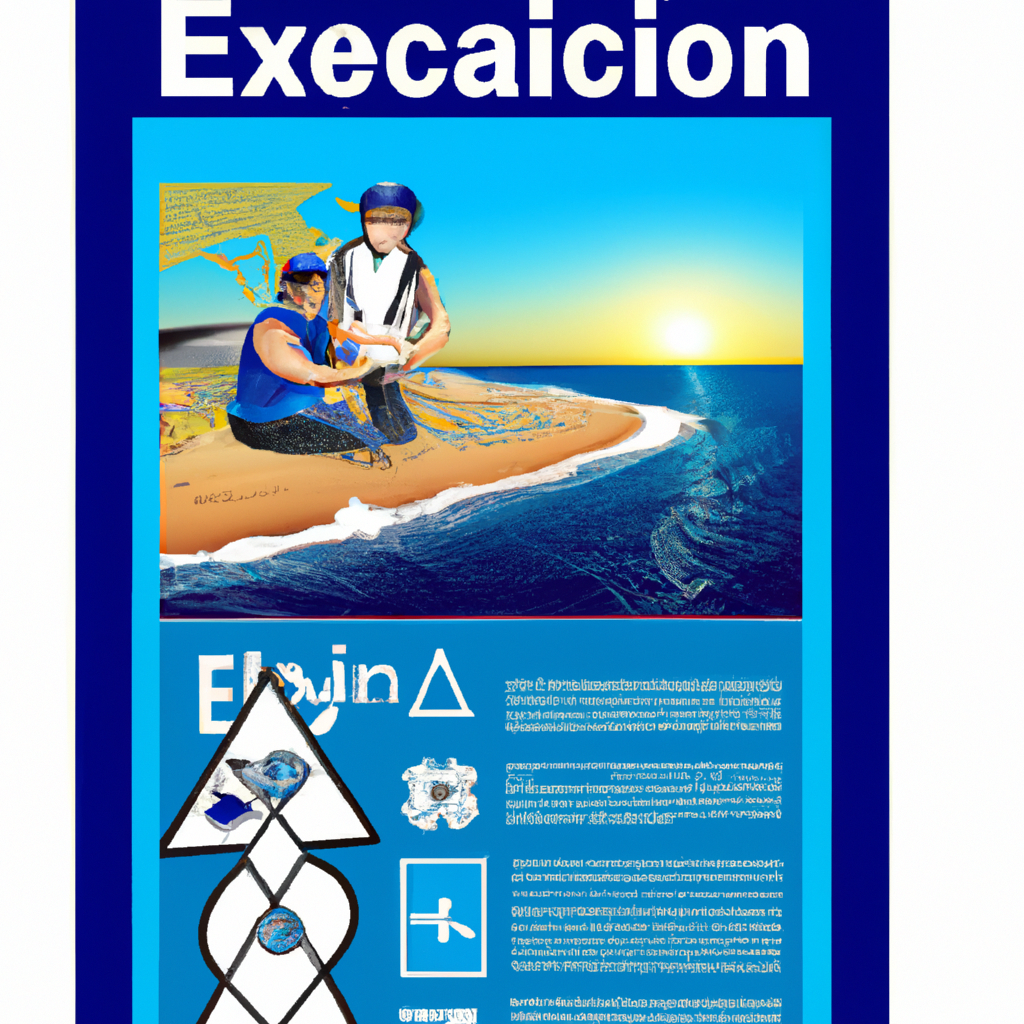Sailing Safely: Essential Guide for the Safe Practice of Nautical Activities

Nautical activities, whether sports or recreational, are a great way to enjoy the outdoors, natural beauty, and the excitement of the sea. However, they also carry certain risks that should not be ignored. Safety should always be a priority to ensure an enjoyable and incident-free experience on the water. This article will provide a detailed and complete guide on safety tips for practicing nautical activities. We will cover essential aspects such as prior preparation, the necessary safety equipment, the protocols to follow during the activity and how to handle possible emergencies. Our goal is to provide you with the necessary tools and knowledge so that you can enjoy your maritime adventures with complete peace of mind.
- 1. "Prior preparation for nautical activities: Essential safety tips"
- 2. "Essential safety equipment and material in nautical activities"
- 3. "Safety protocols when practicing water sports"
- 4. "How to handle emergencies on the water: First aid and nautical rescue"
1. "Prior preparation for nautical activities: Essential safety tips"
Adequate prior preparation is the first step to ensure safety in nautical activities. Start by checking the condition of your boat, ensuring that all systems, including the engine, navigation equipment, and safety devices, are working properly. Additionally, it is essential to carry enough life jackets for all occupants, as well as a first aid kit and emergency tools such as flares and communication radios. Before going out on the water, it is important to check the weather conditions and avoid sailing in adverse conditions. Additionally, you should always inform someone on land of your sailing plans, including where and how long you plan to be away. Finally, remember that alcohol and boating don't mix; Maintaining sobriety is crucial to water safety.
2. "Essential safety equipment and material in nautical activities"
In any nautical activity, whether sailing, water sports or fishing, safety equipment is an essential component that cannot be overlooked. Make sure you have a life jacket for each person on board and that everyone wears it, especially children. Life jackets must be of the appropriate size and weight for each individual. Additionally, a well-stocked and easily accessible first aid kit should always be on hand. Other important equipment includes flares and strobe lights for emergency signals, whistles for communication in case of poor visibility, a VHF radio for communicating with the coast guard and other ships, and a life raft in case of abandoning ship. It is also necessary to have a fire extinguisher on board and ensure that everyone present knows how to use it. Remember, it's not enough to just have the equipment, it's equally crucial to know how it works and make sure it's in good condition.
3. "Safety protocols when practicing water sports"
When practicing water sports, it is essential to follow strict safety protocols to ensure the well-being of all participants. First, before beginning any activity, it is crucial that all participants know how to swim and are familiar with basic water survival techniques. Second, the use of appropriate safety equipment, such as life jackets, helmets and wetsuits, should be mandatory. These equipment can protect participants from injuries and help them float in the water in an emergency. Third, there should always be a professional or experienced lifeguard present during the activity. This individual can provide safety instructions, observe participants for signs of trouble, and act quickly in the event of an emergency. Finally, it is important to respect the weather and water conditions; If they are too severe, it is best to postpone activity until they are safe.
4. "How to handle emergencies on the water: First aid and nautical rescue"
Handling emergencies on the water requires preparation and specific knowledge of first aid and nautical rescue. First, it is essential to know cardiopulmonary resuscitation (CPR) techniques and know how to treat common injuries that can occur in the water, such as cuts, sunburns, or bites from sea creatures. Additionally, it is important to always remember to stay calm and think clearly in order to act effectively. In the case of a boat rescue, if the person is conscious, a flotation device should be thrown to them and then the rope pulled to bring them closer to the boat. If the person is unconscious, the boat should be approached carefully so as not to hit them, then a boat hook or stick is used to bring the individual closer and finally they are lifted into the boat. In all situations, once safe, professional medical help should be sought immediately.
